It’s time to talk about candy! We’re talking about those rows and rows of candy bars and candy that line the aisles at grocery stores.
Do you have a favorite? Maybe it’s M&Ms (and if so, you should DEFINITELY visit the M&Ms Store in Disney Springs). Or maybe the combo of peanut butter and chocolate in Reese’s makes you happy. Perhaps your favorite candy is Skittles, but if that’s the case, we could have some bad news.
According to the Los Angeles Times, a new bill was introduced in California that would ban selling, manufacturing, and distributing foods containing certain chemicals that can be found in food. These chemicals have been linked to health problems in a number of studies like decreased immune response, increased risk of cancer, and even hyperactivity in kids.
These chemicals are found in common foods, including Skittles, which could mean that if the bill passes, the candy could be banned in the state of California.
The chemicals include red dye no. 3, titanium dioxide, potassium bromate, brominated vegetable oil, and propylparaben. Skittles uses titanium dioxide as a colorant. There was even a lawsuit filed in California last year against Mars, the company that makes Skittles, claiming that the candy was “unfit for human consumption” due to the titanium dioxide in it.
However, California Assemblymember Jesse Gabriel, who introduced the bill, says that banning the candy isn’t the point of the bill. Instead, he hopes to encourage Mars to manufacture Skittles without the chemicals. He said, “I love Skittles. I love Wild Berry Skittles. I eat them all the time.
“What we’re really trying to get them to do is to change their recipes. All of these are nonessential ingredients.”
The chemicals the bill would ban have already been banned in Europe, where Skittles are also available, so it’s something Mars has already done in at least one part of the world. So although it could mean Skittles would CHANGE, they wouldn’t be completely banned.
Skittles can actually be found as an ingredient in several treats at Main Street Confectionery in Magic Kingdom, including the Kernel Kitchen, where guests can mix and match ingredients to make their own popcorn blends.
We’ll continue to keep an eye on the situation and update you when we have more details!
REVIEW: 10/10 We Would Recommend Disney’s NEW Candy Bar-Inspired Sundae
Join the DFB Newsletter to get all the breaking news right in your inbox! Click here to Subscribe!
WE KNOW DISNEY.
YOU CAN, TOO.
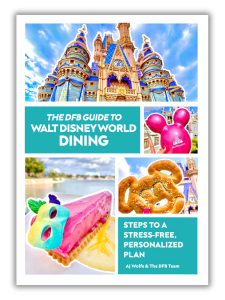
Oh boy, planning a Disney trip can be quite the adventure, and we totally get it! But fear not, dear friends, we compiled EVERYTHING you need (and the things to avoid!) to plan the ULTIMATE Disney vacation.
Whether you're a rookie or a seasoned pro, our insider tips and tricks will have you exploring the parks like never before. So come along with us, and get planning your most magical vacation ever!
Do you pay attention to candy labels? Would you like to see these chemicals banned? Let us know in the comments!

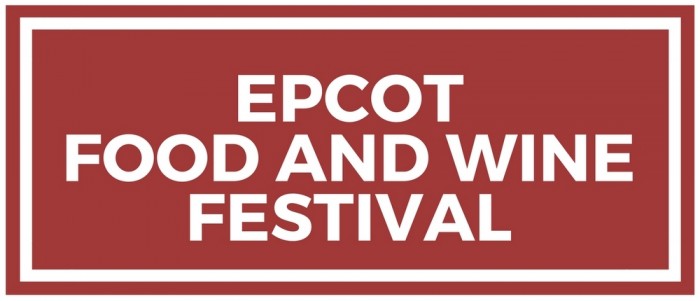
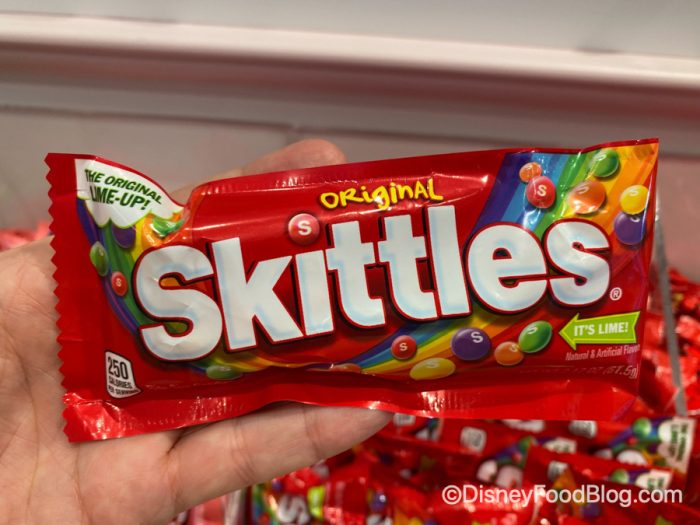
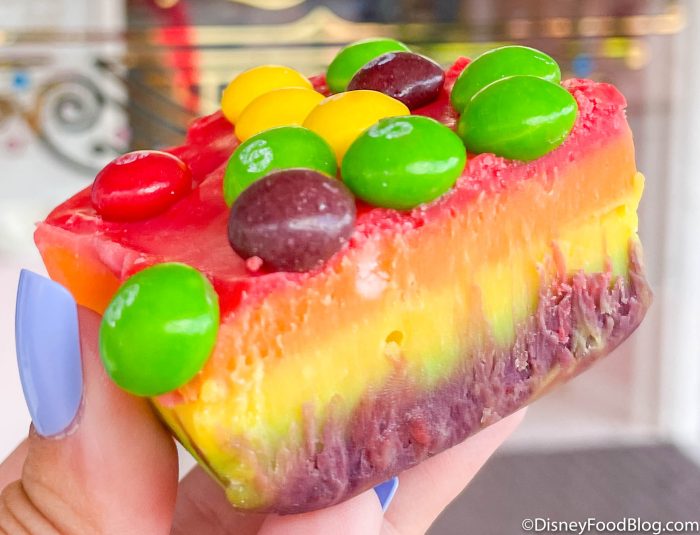
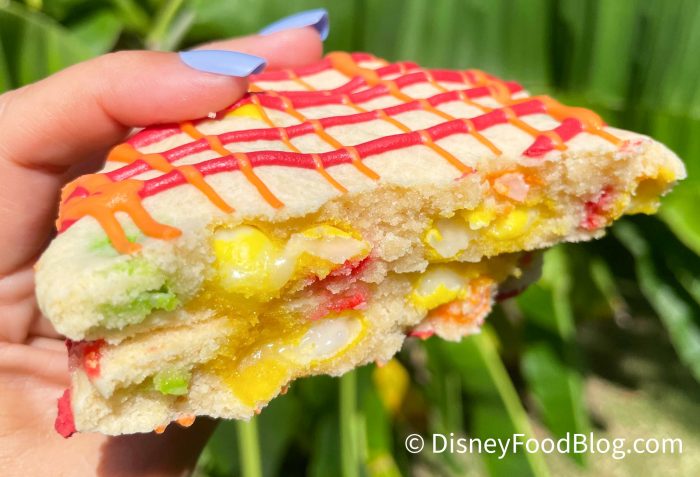
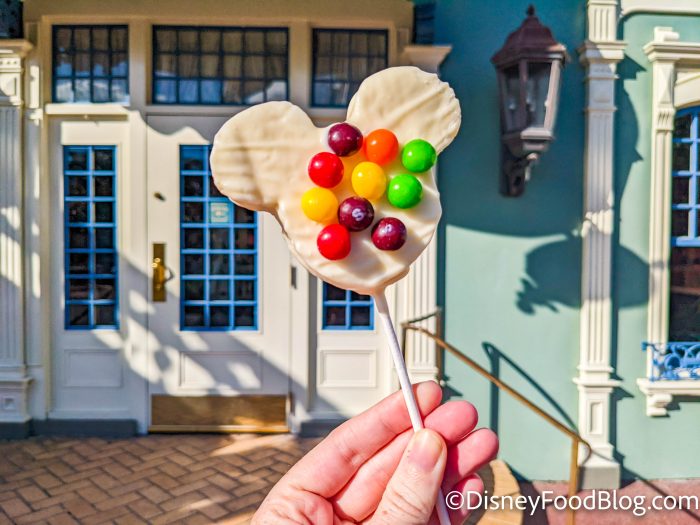
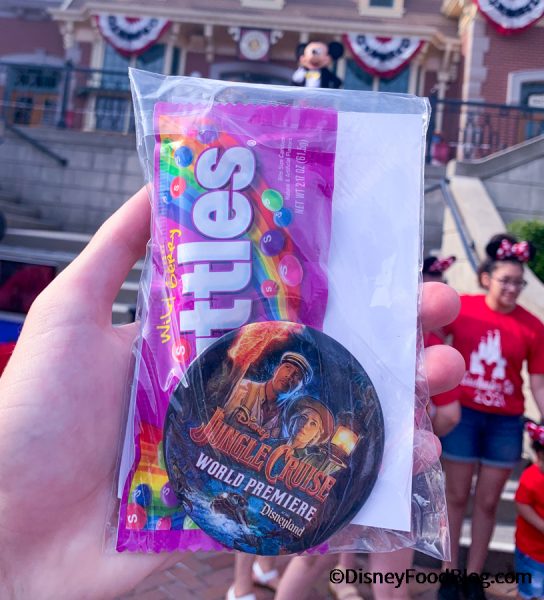
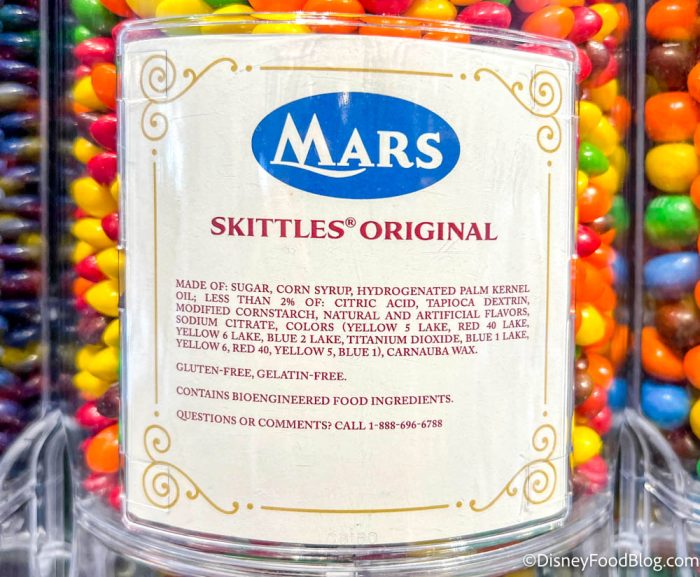

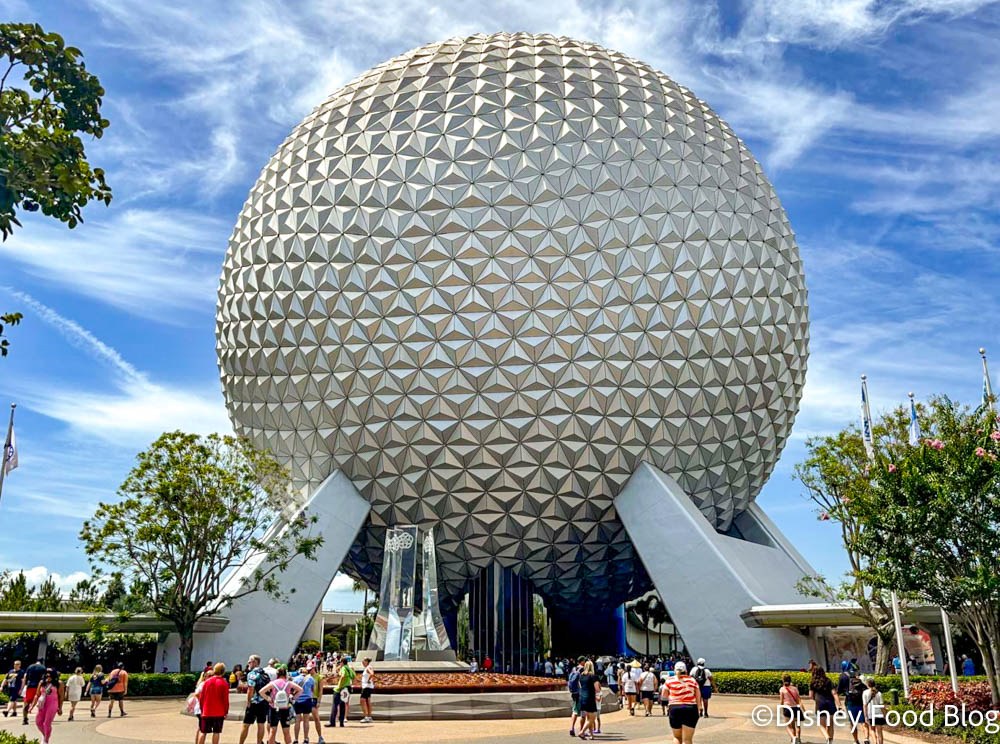


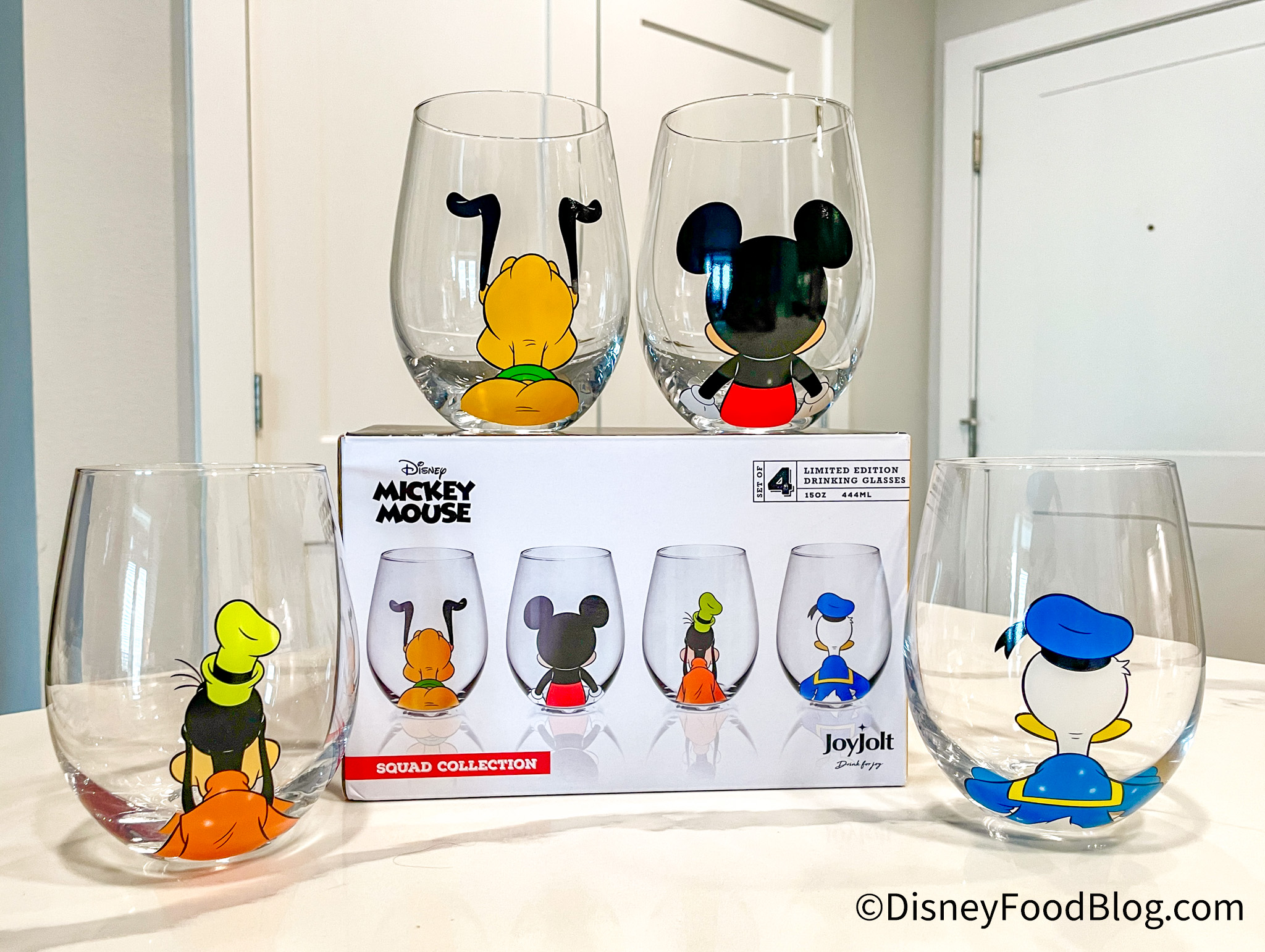










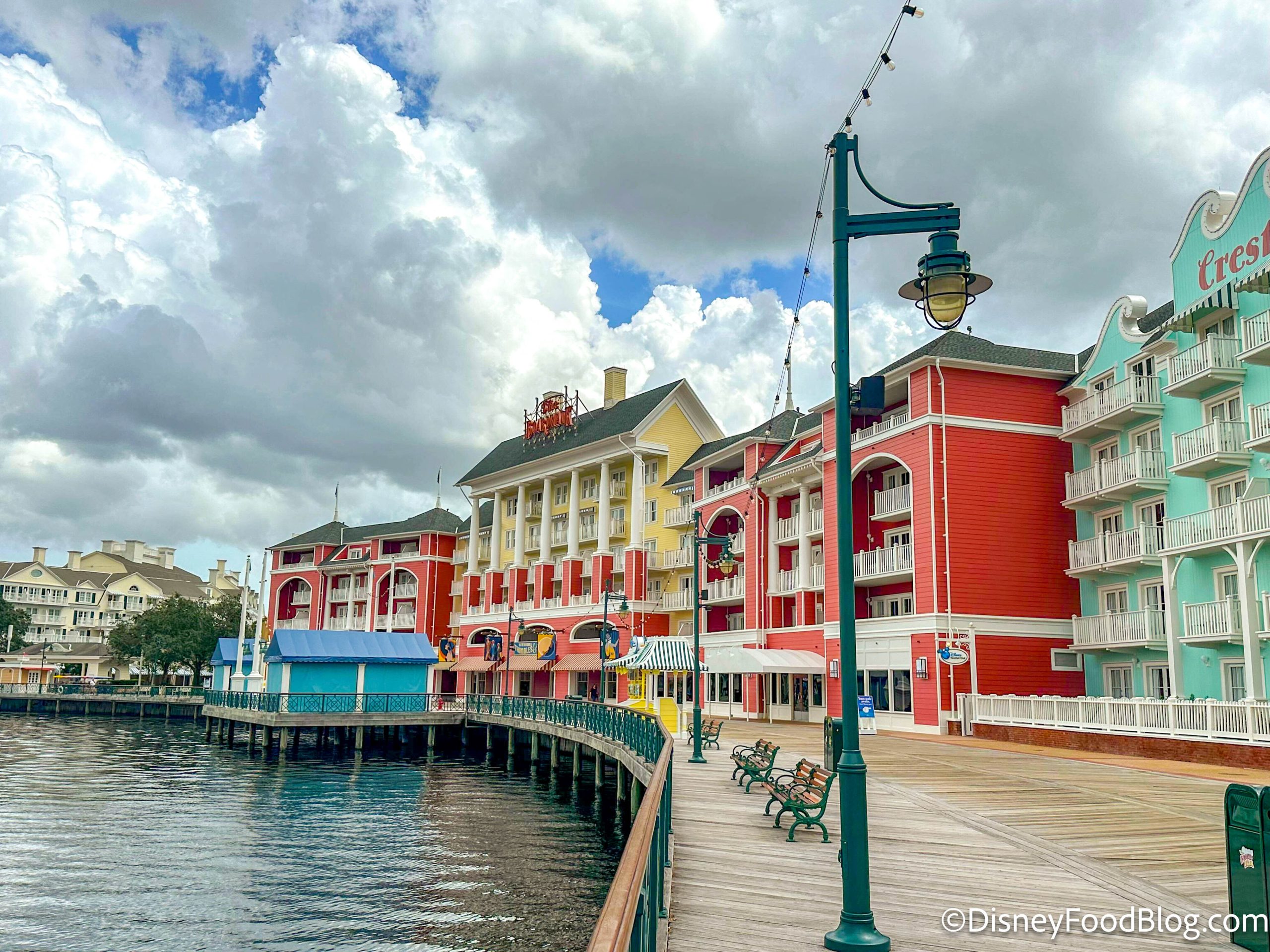




 Our handy (and portable!) ebook guides make sure you get the best deals and can plan a vacation of a lifetime.
Our handy (and portable!) ebook guides make sure you get the best deals and can plan a vacation of a lifetime.

When I saw that red dye #3 was listed, I recall the ban on red dye #2 in 1976. The Mars candy company removed red M&Ms, even though they used a different dye. Turns out the study that found red dye #2 to be cancer causing was suspect. A person would have to drink 7500 cans of colored drink a day to equal the amounts that the rats were given. When red M&Ms returned in the 1980s after the scare settled down, they were more popular than ever. Bottom line is that the color is just that, a color. It conveys no taste to the candy. Those red Skittles could be any color and they’d still taste the same.
I never buy any bright or rainbow color things in food because of the food dyes. If I buy some sugar cookies I always get the cookies with the clear white sugar as opposed to the colored sugars.
The only issue with titanium dioxide seems to be when it is inhaled. It has been in use and studied long enough that it is considered safe for consumption. Titanium dioxide is in tons of everyday items from food to sunscreen to cosmetics. If it’s opaque and white, there’s a good chance titanium dioxide is the reason why! People get so worked up about the word “chemicals” that I think it’s important to settle down and research what things actually are (especially when enacting a bill).
Let’s take a look at the others:
Propylparaben: seems to need more data to be conclusive, but there is weak potential for it to harm women as it mimics estrogen and may cause hormonal disruption. This leads to a potential for breast cancer. It is a preservative, like other parabens.
Red dye #3: looks like there is a good amount of evidence to suggest this causes hyperactivity in susceptible children when ingested in sufficient quantities. It was banned in cosmetics a long time ago; sounds like it should be gone from food, too.
Potassium bromate: a product used in flour for bread making. It helps to quickly age the flour and strengthen the bonds in the dough, while also bleaching it. Heat breaks it down into potassium bromide, which is harmless. However, if the oven is not hot enough when the bread is cooked or if the bread is not baked long enough, it is possible to have more potassium bromate than desired, and in large enough doses this may be carcinogenic. Check the ingredients in white breads for it if you are concerned.
Brominated vegetable oil: is what it says, vegetable oil with bromine added. It is used as an emulsifier (prevents separation of liquid products in a solution) in certain citrus sodas/beverages. The danger is in ingesting too much bromine, which can lead to bromism. One would have to drink a LOT of generic citrus soda to achieve this, as was the case of a patient who developed bromism from drinking 2-4 liters per day of a soda containing brominated vegetable oil. Maybe don’t do that. There are alternatives out there; it seems like this is a cheap emulsifier that is used in the most inexpensive drinks. Moderation is key here.